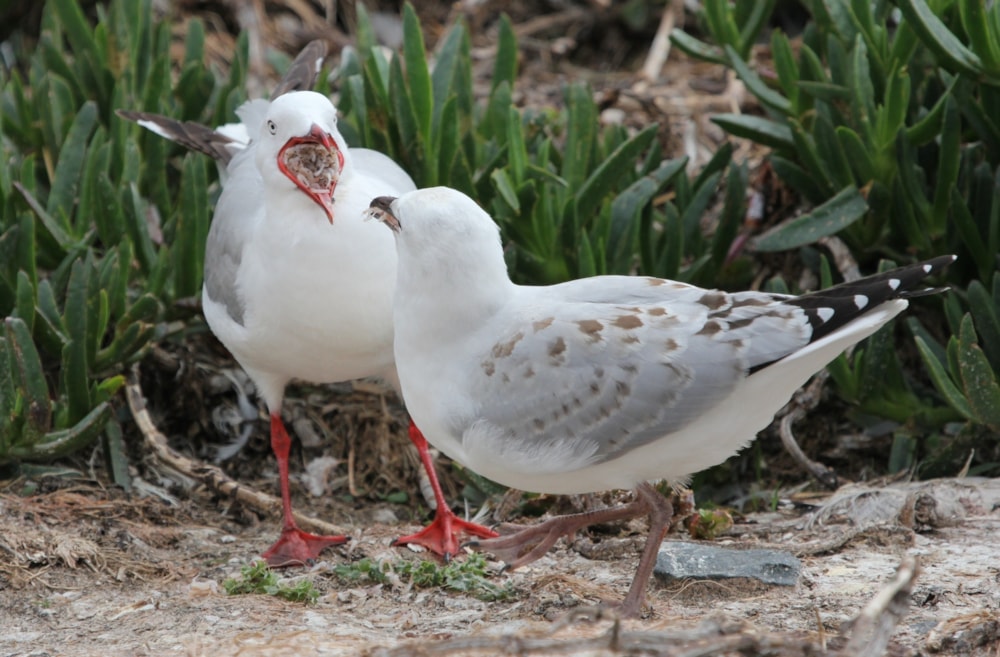In New Zealand, Red-billed Gull colonies have undergone "unbelievable declines", with others disappearing altogether over the past few decades, though there is little public sympathy for the species, which is often deemed a pest.
Red-billed Gull was formerly considered a species in its own right, but is now usually treated as a subspecies of Silver Gull. It is found only in New Zealand, where is particularly prominent in costal urban areas, with a bold and loud nature. However, it's estimated that just 27,800 breeding pairs remain and the main offshore breeding colonies have suffered population plummets of 80 to 100 per cent since the mid-1960s.
Graeme Taylor, Seabird Scientist at the New Zealand Department of Conservation, said: "Red-billed Gulls have bad press because they are too friendly and too aggressive, they do not endear themselves to people. People see these big groups of birds hanging around for food and think 'they're fine' – it is very hard to break that perception. But in reality, they have had quite a substantial decline and [this] is ongoing."
Three main factors are contributing to the decreasing numbers of Red-billed Gull. Fish stocks are plunging, with changing marine conditions and intensive fishing resulting in less food for chicks. Additionally, coastal grounds which have been converted to support livestock and agriculture have threatened their natural breeding grounds. Furthermore, introduced pests – such as stoats and rats – eating young has further decimated an already vulnerable population.
To adapt to this increasingly challenging landscape, the gulls have become excellent scavengers. However, even that poses issues with improved waste management storage and facilities mean the there's less rubbish to consume than ever before. On top of this, young birds that grow up being fed by people at the height of summer often die when winter nears, as they never learn the skills to forage in the ocean.
Despite these problems, the protection afforded at the Royal Albatross Centre, at Taiaroa Head on the Otago Peninsula, could simultaneously help Red-billed Gull. Extensive predator control work to protect Northern Royal Albatrosses has also benefited the local gull population and there are now some 2,000 nesting pairs at the colony, though it's poignant that this is the only thriving colony in New Zealand.
Hoani Langsbury, Manager of the Royal Albatross Centre, said: "These aren't a pest, they are a key part of the marine environment out here on the edge of the Pacific. Stealing chips from humans is a learned behaviour. We;re in discussions with schools at the moment to try and improve relations between young people and the seagull population. This is their natural environment – it is us that have to adapt to them. The seagull is inherent to the character of our beaches. It would seem a quiet, deserted sort of place if they were to disappear."

No comments:
Post a Comment